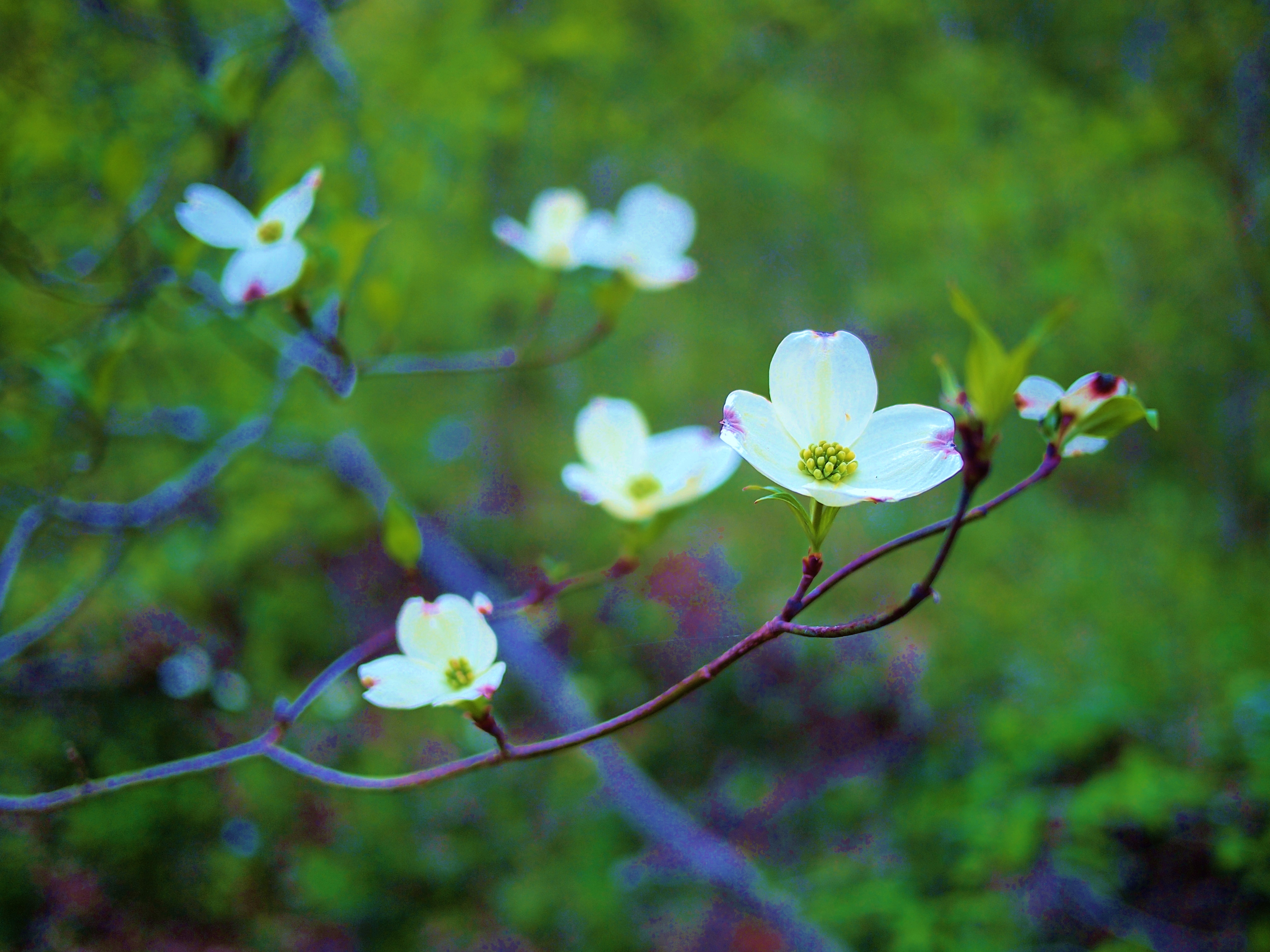One of the hottest buzzwords in aquatic invasive plants is Hydrilla. And rightly so, as this extremely aggressive and problematic invader is regularly popping up in isolated Midwestern lakes in recent years. Because everyone knows what happens when exotic plants take over, vigilance is essential to keeping Hydrilla from getting a foothold in your lake.

Hydrilla verticillata entered the United States in the late 1950s through Tampa, Florida, with the aquarium trade. Its aggressive nature is exemplified by the fact that it has spread across the southern states to California, north to Washington, up the east coast to Maine, and continues to march northward and into the central states.
Recent occurrences include Lake Manitou in Rochester, Indiana, in 2006. This was the only location in Indiana and the only known outbreak in the Midwest at the time. In 2007, Hydrilla appeared in an artificial pond in Marinette County, Wisconsin, along the Michigan border. That same year, suburban Boise and several locations in Bruneau, Idaho, reported infestations.
Hydrilla is considered an “invisible menace” because it often goes undetected until it has a strong foothold, and by then it may be too late. Early infestations are difficult to identify because the plant closely resembles Elodea (Elodea canadensis), a common and desirable native species. Once established, the plant can spread quickly, as the submersed plant grows an inch per day and can do so in any freshwater, including tidal zones (brackish water), and in depths from a few inches to 20 or more feet. Hydrilla also tolerates extremely low light and all nutrient conditions.
Description – Stems are slender and branched reaching up to 25 feet. Small, pointed leaves with serrated margins grow in whorls of four to eight around the stem. Hydrilla often has one or more sharp teeth along the length of the leaf mid-rib and tiny white flowers grow on long stalks above the water’s surface.
As noted, Hydrilla can be easily confused with the native Elodea, or Common waterweed, and the non-native Egeria densa (Brazilian elodea). Elodea is common in freshwater and has three leaves in a whorl. Egeria, an exotic invasive, has minutely serrated leaves, with those near the middle and upper parts of the plant growing in whorls of four to eight.
So far, chemical treatments are the chief control measure. The use of the Hydrilla fly (Hydrellia pakistanae) has shown promise as a biological control agent, and research by the US Army Corps of Engineers is continuing. Mechanical harvesting causes fragmenting, which tends to increase the rate of spread.
Periodic plant surveys conducted by a trained professional are the best way to keep up with what is growing in your lake and to identify early infestations of dangerous invaders like Hydrilla. In addition, watching for unusual plants or accelerated plant growth over the course of the summer can help spot new intruders. Do not hesitate to send new or unusual plant samples to your local or state Department of Natural Resources, Conservation, or Ecology for identification. Keep up with potential new invasives, talk to experts and your neighbors, and keep the communication lines open. Education and rapid response are critical and it is always better to be safe than sorry!


